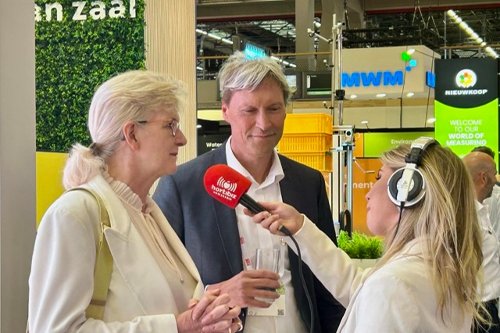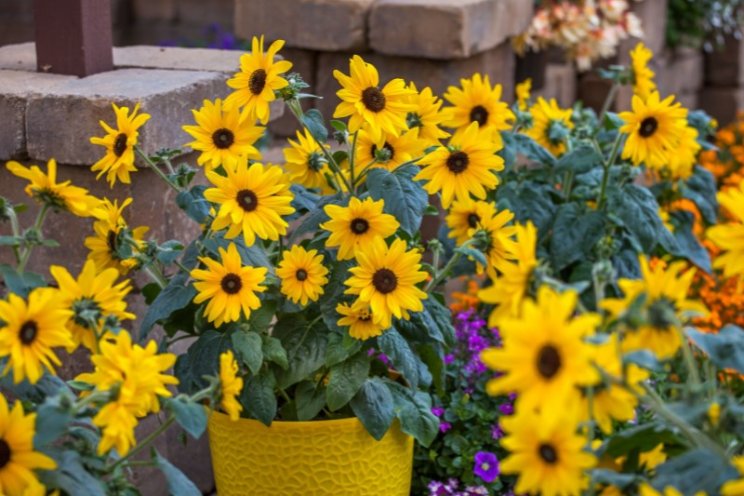More cucumbers and lower energy consumption thanks to Signify
Added on 04 December 2023

Qcumber Optimize Nature has replaced its 1040 W HPS lights one-on-one with dimmable Philips GreenPower toplighting force 840 W grow lights, which can accommodate up to 268 µmol/m2/sec PAR light. A small percentage of far-red light guarantees a good plant development. At full power, the system delivers 78 µmol/m2/sec (+41%) more than the old installation, while consuming 20% less energy. Thanks to the GrowWise control system, the power is continuously adjustable from 10 to 100%.
Controlling light levels according to plant needs
“The light level can now be tailored much better to meet the needs of the crop,” says Hendriks. “A young plant cannot use a high light sum efficiently. The crop was planted on the 19th of October and the installation ran at 30% for the first few days. This was increased by 3% per day to compensate for the decreasing day length and the crop’s increasing light demand. We were at 100% by November 10. We now use the LED lights for a maximum of 19.5 hours for a fully grown crop. Cucumbers like an uninterrupted period of darkness.” Stefan Wubben adds: “You can't dim HPS lights. With HPS, you always use lighting at either 100% or 50% in a checkerboard pattern. This is not optimal, especially at the beginning of cultivation. In general, plants also prefer the light level to increase and decrease gradually in the morning and evening. We can now arrange for that.”

Good for energy management
A nice bonus is that the light efficiency of the Philips GreenPower installation increases slightly during dimming, and that the two CHPs are used more efficiently because of the lower consumption and the dimming function. “At full capacity, we have to use 5 MW to light 6 hectares. Our two CHPs can supply 3 MW of electrical power, the rest we buy,” explains Hendriks. “We don't have to buy as much electricity for the new lighting installation. In addition, we can use the CHPs more flexibly, especially during periods when the lights are dimmed. Another advantage is that we can apply the LED installation in more situations: at the margins of the lighting season and during summer cultivation, for example on relatively cold, dark days. Full power will not always be necessary in those situations.”
“Steering your lights in an intelligent way to save on energy costs is one of the advantages of using dynamic LED lighting. Being able to dim the lights based on the amount of daylight or energy prices gives the grower a cost advantage, while still giving the plants the amount of light they need to optimally grow”, adds Udo van Slooten, business leader Philips horticulture LED solutions.

A lot of knowledge and experience
In selecting their installation, which was installed by Philips Horti LED partner LEK/Habo, the entrepreneurs were guided by account manager Rick Oomen and plant specialist Erik Stappers. Hendriks adds: “Signify has a long history in technology and knowledge development. Rick and Erik have a lot of knowledge and experience, which is part of what led to our choice for this highly efficient installation. It took a long time to figure out the right light recipe for full LED cucumbers, but since a few years there has been no doubt about it. We have full confidence in what is in place right now.”
*25% yield increase expected based on customer specific calculations bringing in plant specialist research advice and the knowledge from the customer himself.
More news















